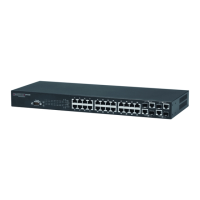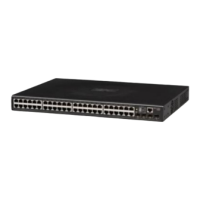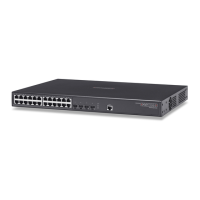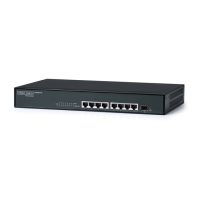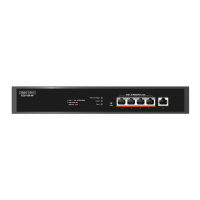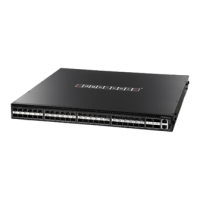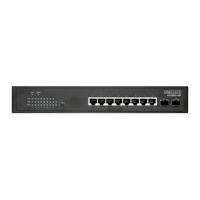C
HAPTER
15
| Basic Administration Protocols
Switch Clustering
– 417 –
◆ A switch can only be a member of one cluster.
◆ After the Commander and Members have been configured, any switch
in the cluster can be managed from the web agent by choosing the
desired Member ID from the Show Member page.
CONFIGURING
GENERAL SETTINGS
FOR CLUSTERS
Use the Administration > Cluster (Configure Global) page to create a
switch cluster.
CLI REFERENCES
◆ "Switch Clustering" on page 563
COMMAND USAGE
First be sure that clustering is enabled on the switch (the default is
disabled), then set the switch as a Cluster Commander. Set a Cluster IP
Pool that does not conflict with the network IP subnet. Cluster IP addresses
are assigned to switches when they become Members and are used for
communication between Member switches and the Commander.
PARAMETERS
These parameters are displayed:
◆ Cluster Status – Enables or disables clustering on the switch.
(Default: Disabled)
◆ Commander Status – Enables or disables the switch as a cluster
Commander. (Default: Disabled)
◆ IP Pool – An “internal” IP address pool that is used to assign IP
addresses to Member switches in the cluster. Internal cluster IP
addresses are in the form 10.x.x.member-ID. Only the base IP address
of the pool needs to be set since Member IDs can only be between 1
and 36. Note that you cannot change the cluster IP pool when the
switch is currently in Commander mode. Commander mode must first
be disabled. (Default: 10.254.254.1)
◆ Role – Indicates the current role of the switch in the cluster; either
Commander, Member, or Candidate. (Default: Candidate)
◆ Number of Members – The current number of Member switches in the
cluster.
◆ Number of Candidates – The current number of Candidate switches
discovered in the network that are available to become Members.
WEB INTERFACE
To configure a switch cluster:
1. Click Administration, Cluster.
2. Select Configure Global from the Step list.

